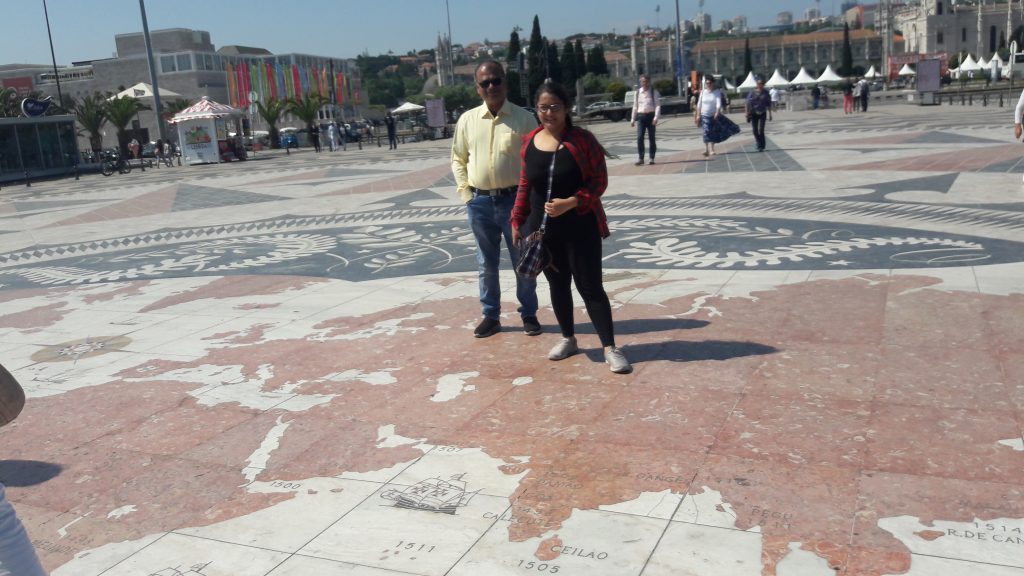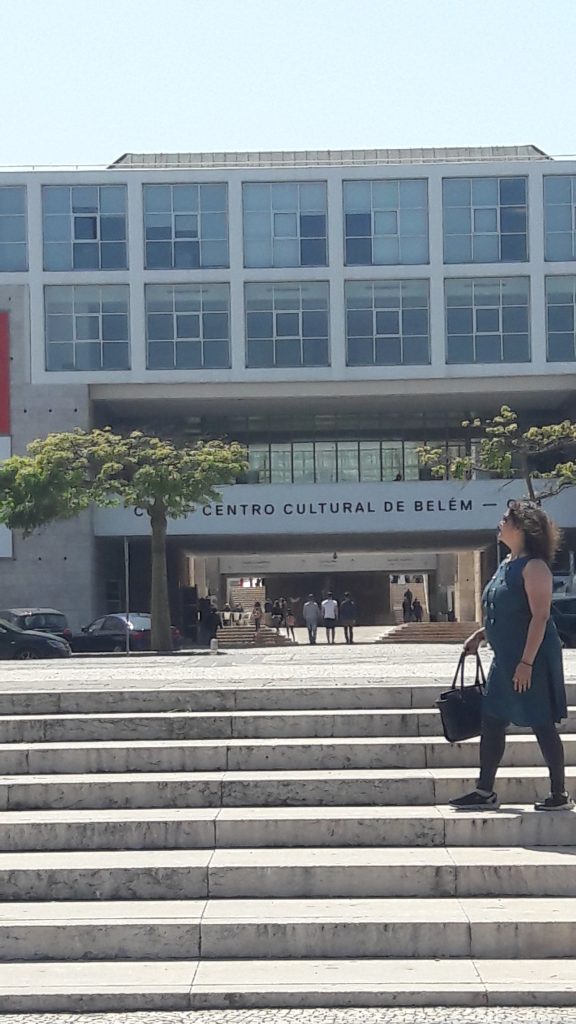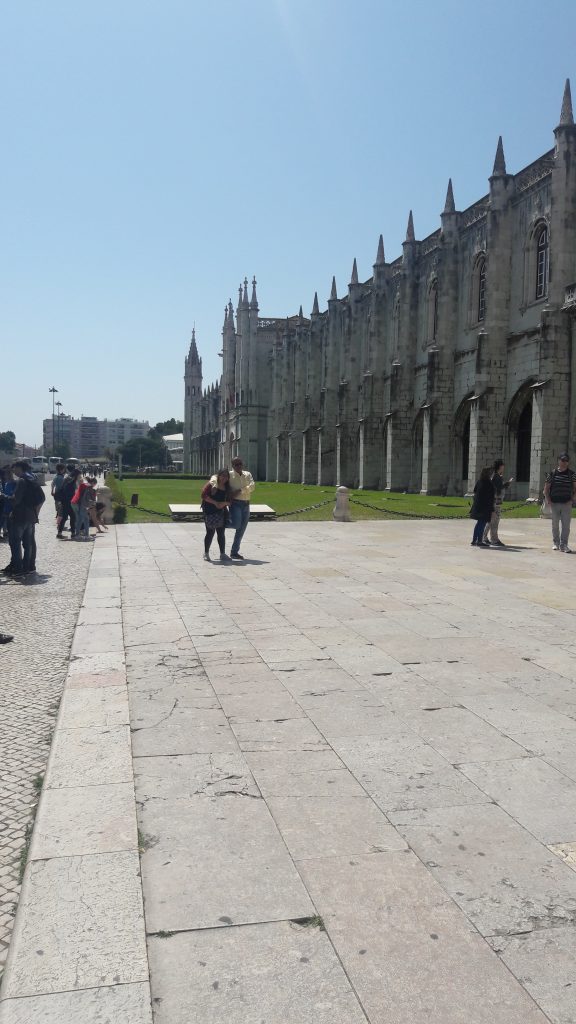It was here, where the River Tagus meets the Atlantic, that Vasco da Gama set sail to search for the new world. The name Be’lem has been derived from the Portuguese word for Bethlehem. In the 16th century, life revolved round this port, says, Dr. Paramita. A Different Truths exclusive.

How would you feel if you suddenly reach a place from where Vasco da Gama set sail? I felt thrilled when I reached Be’lem, a place in Lisbon, Portugal this summer. It was here, where the River Tagus meets the Atlantic, that Vasco da Gama set sail to search for the new world. The name Be’lem has been derived from the Portuguese word for Bethlehem. In the 16th century, life revolved round this port. Until 2012, the area of Be’lem had its own historic parish, named Santa Maria de Be’lem.

The Monument of Discoveries was erected, in 1960, on the 500th anniversary of the death of Henry the Navigator, who initiated all Portuguese adventures just beside the river from where the great voyagers had set sail. It is a beautiful huge white marble structure, shaped like one of the famous caravels and points to the sea. Prominent characters of Portuguese history are carved in stone: navigators like Vasco da Gama and Magalhaes; kings Alfonso V and Manuel I and at its prow is Henry the Navigator with a ship in his hand. The poet in me noticed the poet Camo~es as well. We sat there for quite some time looking at the calm and cerulean blue River Tagus.

Further, the river bank is the Torre de Be’lem (Tower of Be’lem), a military outpost, built in 1514, to protect the Tagus estuary from pirates and enemy attacks. It is one of the most intricately designed formidable fortresses that I have ever seen. It is also called the Tower of St. Vincent. It played a significant role in the maritime discoveries of the era of the Age of Discoveries. The tower was commissioned by King John II to be a part of a defence system at the mouth of the Tagus River and a ceremonial gateway to Lisbon.
Behind the Monument of Discoveries, a little away from the river is the Jero’nimos Monastery. It is a former monastery of the Order of Saint Jerome. It was secularised on 28 December, 1833, by state decree and its ownership transferred to the charitable institution, Real Casa Pia de Lisboa. It houses the Maritime Museum and the National Archaeological Museum. It is one of the most prominent examples of the Portuguese late Gothic Manueline style of architecture in Lisbon. It was classified a UNESCO World Heritage Site, along with the Tower of Be’lem, in 1983.
The Be’lem Palace is another important structure to be seen near the Tagus River. It has been the official residences of monarchs and after the installation of the First Republic, the residence of Presidents of the Portuguese Republic.
We walked further into the Be’lem Cultural Centre. It is a huge area where city events and exhibitions occur. It felt like an exhibition has just wrapped up with its empty stalls all around. We enjoyed the fountain nearby. A tiny square pond had water plants and two turtles swimming in it. My daughter was thrilled to see the turtles.
The Berardo Museum of Modern and Contemporary Art was beside the Cultural Centre. Influenced by Jos’e Berardo’s life and personal adventures, his main collections make up the permanent exhibits of the museum. Art work from international and national sources shows the transition of art through the 20th century and into the 21st.

Now, let me illustrate the beauty of the water front. There was a huge world map in red coloured mosaic on the ground. It showed the routes taken by the navigators of the 16th century. It was a delight to our eyes. I even loved the paved black and white designs on the ground. An installation of iron symbolising the world was near the Monument of Discoveries. My husband and daughter went to a restaurant in the waterfront to the check out the sea food while me the eternal romantic sat on the riverside and seeped in the beauty of Bel’em.
©Dr. Paramita Mukherjee Mullick
Photos by the author
#Poturgal #TravellingPortugal #TravelAndTours #GlobeTrotter #BeautifulPortugal #Travelogue #DifferentTruths






 By
By

